Miramare Castle.
Slice of History
Visitors to Trieste should buy themselves an FVGcard. A card costing just 30 Euros (valid for 48 hours) or 45 Euros (valid for 1 week) allows visitors free entry to almost all the city's attractions. The FVGcard is available at tourist kiosks at Trieste airport, Trieste Centrale train station and Trieste bus station.
Many tourists start their journey to explore Trieste from the Grand Canal. The beauty and romance of the Grand Canal is not inferior to those of Venice, especially in the late afternoon when the sunset gilds the ancient houses and turns the water into honey. There are many restaurants and cafes along both sides of the canal. Or visitors can stop at the Molo Audace pier. Surely sitting on the pier to watch the sunset will be an unforgettable experience for visitors.
From the Grand Canal, visitors can walk to Unità d'Italia Square, the "heart" of the city. This place is truly worthy of the reputation of "the most beautiful square in Italy". There are few squares that have a beautiful and poetic view of the sea like Unità d'Italia. The historical buildings around the square such as the city hall are also interesting destinations for visitors who love to explore history and architecture. The square is the center of the old town, which is where the Austrians in Trieste live, so the buildings here bear the strong imprint of Austrian architecture from the 17th - 18th centuries.
San Giusto Hill is another destination that tourists cannot miss. This small hill has thousands of years of history. The first prehistoric people in Trieste lived at the foot of the hill. During the time of the ancient Roman Empire, the hill was chosen as the site for many important public buildings such as temples, courts and theaters. The remains of these buildings still lie in the shadow of San Giusto Hill. On the top of the hill are the fortress and the San Giusto Cathedral. The two structures were built in the 15th century to protect the Adriatic Sea belonging to the Habsburg Empire. The fortress and the cathedral are national historical monuments thanks to their historical and architectural value and the collection of antiquities and historical documents displayed here.
Miramare Castle on the outskirts of Trieste has long been famous throughout Europe. The castle was built in the 19th century as a resort for the Habsburg Empire's kings. The white limestone castle stands alone on a promontory facing the blue sea, creating a rare and majestic scene. The castle is now a museum displaying artifacts related to the kings who lived here. The castle grounds also include a 22-hectare park decorated in the British style and possessing precious trees brought back from Lebanon, China, Mexico, etc.
Rich experience
Romantic canal in Trieste.
The days when Trieste was the shopping center of northeastern Italy are long gone, but visitors can still find the perfect souvenir. The shops around the Piazza Unità d'Italia are ready to serve visitors looking for Bohemian crystal glass, Austrian silver jewelry, French glass paintings, and a variety of antiques from Trieste's time in the Habsburg Empire.
Trieste's cuisine is as diverse as the ethnic groups that live there. Those who want to sample local cuisine should head to the Cavana neighborhood or Viale XX Settembre, where there are many affordable restaurants. Some of the specialties to look out for include caldaia (boiled pork), jota (a stew of pork, potatoes, cabbage and beans), brodetto (a mixed seafood soup) and sardoni in savor (salted sardines with onions). Bars in Trieste often serve osmiza, a square plate of various cold cuts and cheeses (similar to French charcuterie). The products on an osmiza plate are all produced by local farmers, just like the wine you enjoy with it.
Outdoor enthusiasts often enjoy the Sentiero Rilke, which translates to “Rilke Trail” in Italian. The road connects the towns of Duino and Sistiana (outside Trieste) and attracts visitors with its romantic landscape of both forest and sea.
On the other hand, this 2km route is also suitable for all ages. If you want to extend your exploration, you can walk to Grotta Gigante Cave. It was once recognized by the Guinness Book of Records as the world's largest cave open to tourists (this record is currently held by La Verna Cave in France). The main cave alone is 107m high, 280m long and 65m wide. The walls and ceiling of the cave are like a large canvas displaying funny paintings made of stalactites. Near the cave entrance is a speleological museum that specializes in geographical, paleontological and anthropological discoveries found in Grotta Gigante.
Source: https://hanoimoi.vn/trieste-thanh-pho-duyen-dang-692697.html


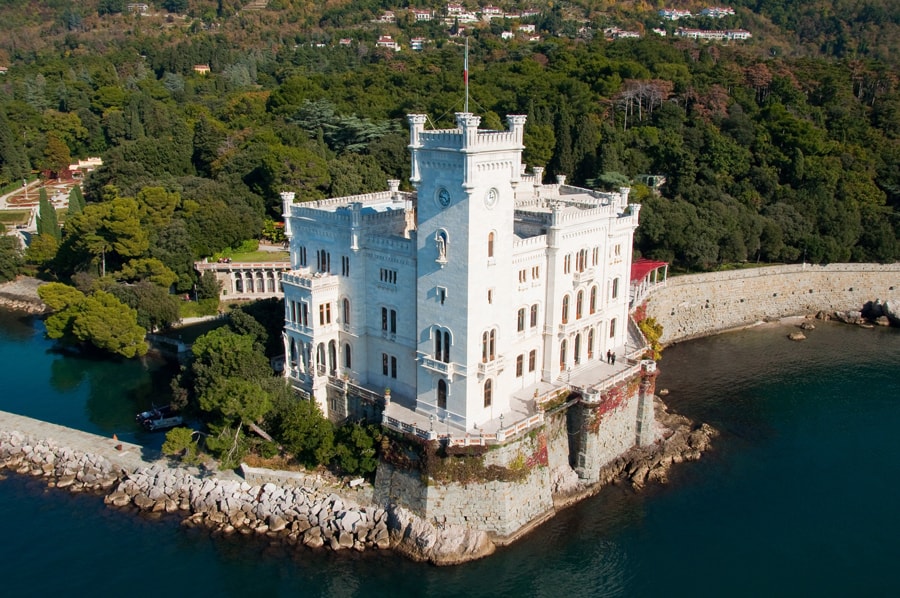
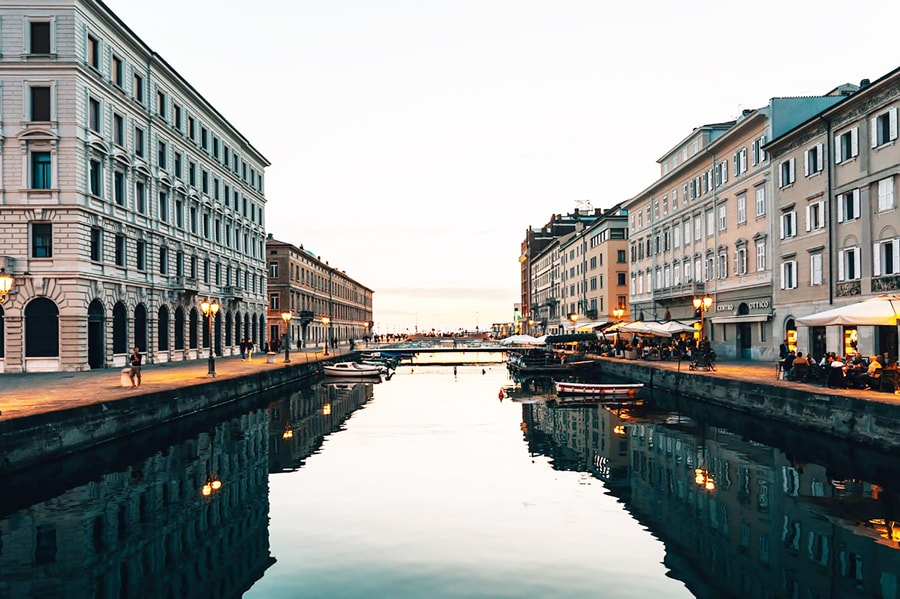

![[Photo] Reception to welcome General Secretary and President of China Xi Jinping](https://vstatic.vietnam.vn/vietnam/resource/IMAGE/2025/4/15/ef636fe84ae24df48dcc734ac3692867)
![[Photo] Tan Son Nhat Terminal T3 - key project completed ahead of schedule](https://vstatic.vietnam.vn/vietnam/resource/IMAGE/2025/4/15/85f0ae82199548e5a30d478733f4d783)
![[Photo] National Assembly Chairman Tran Thanh Man meets with General Secretary and President of China Xi Jinping](https://vstatic.vietnam.vn/vietnam/resource/IMAGE/2025/4/14/4e8fab54da744230b54598eff0070485)









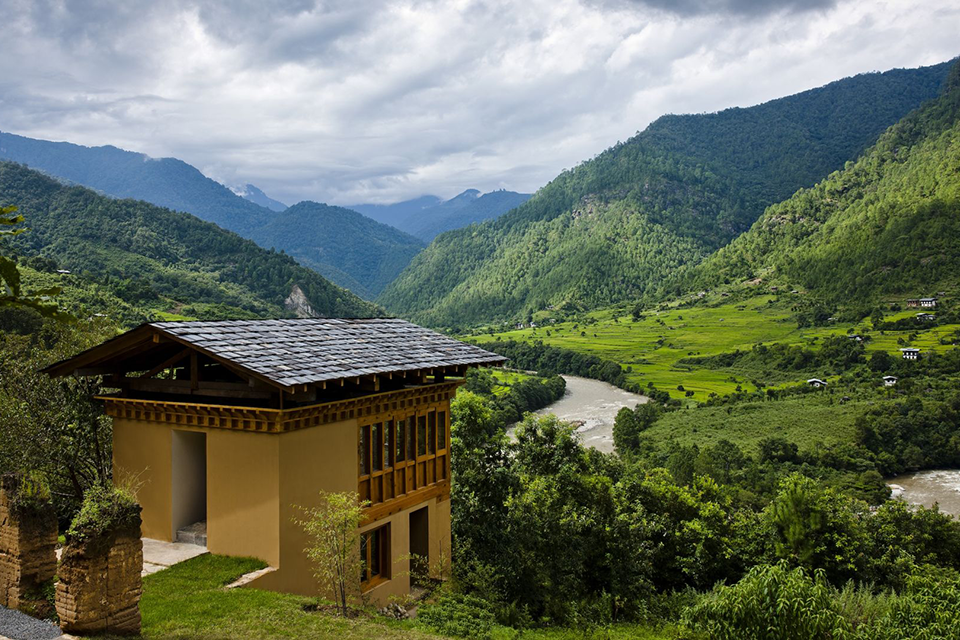
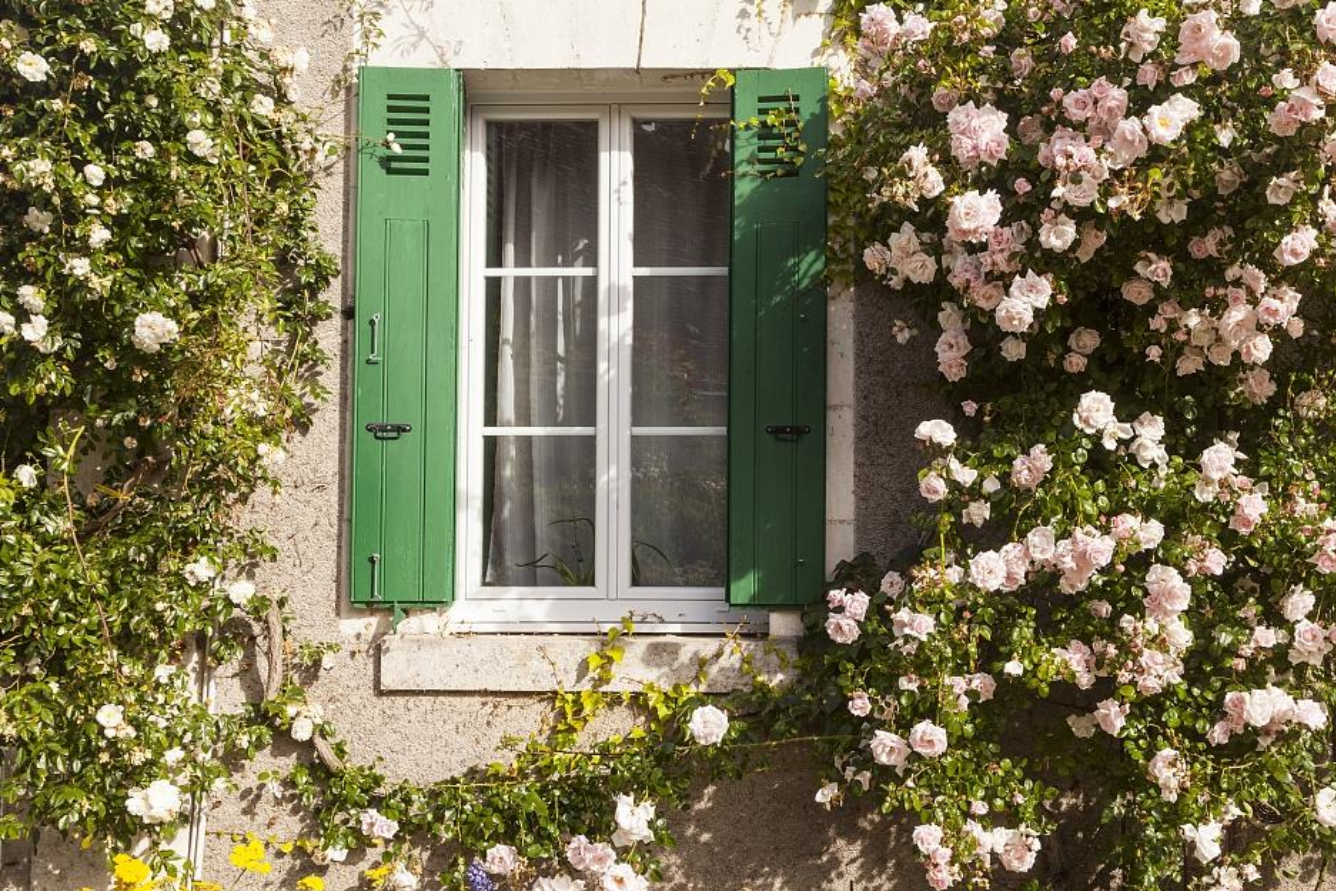

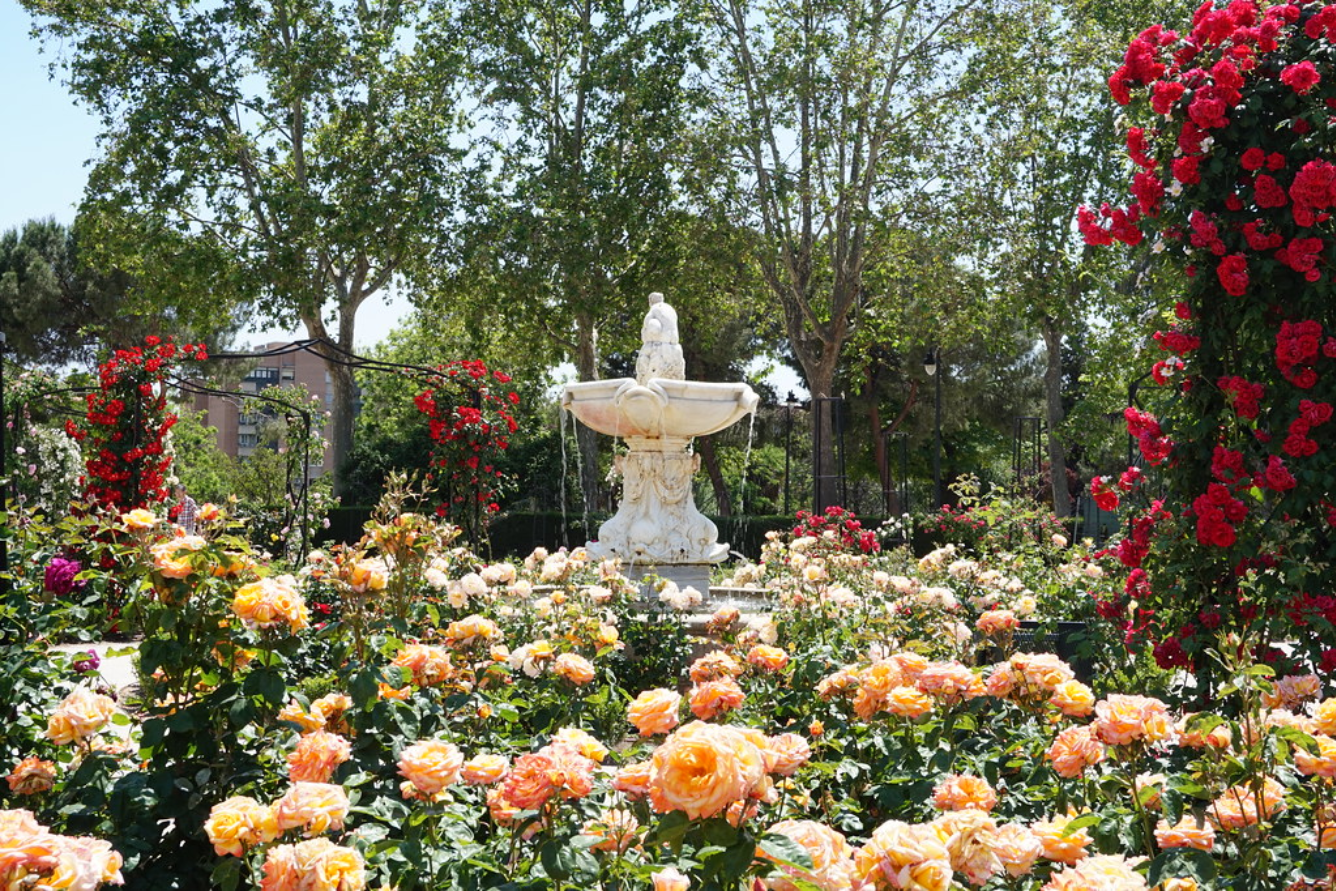

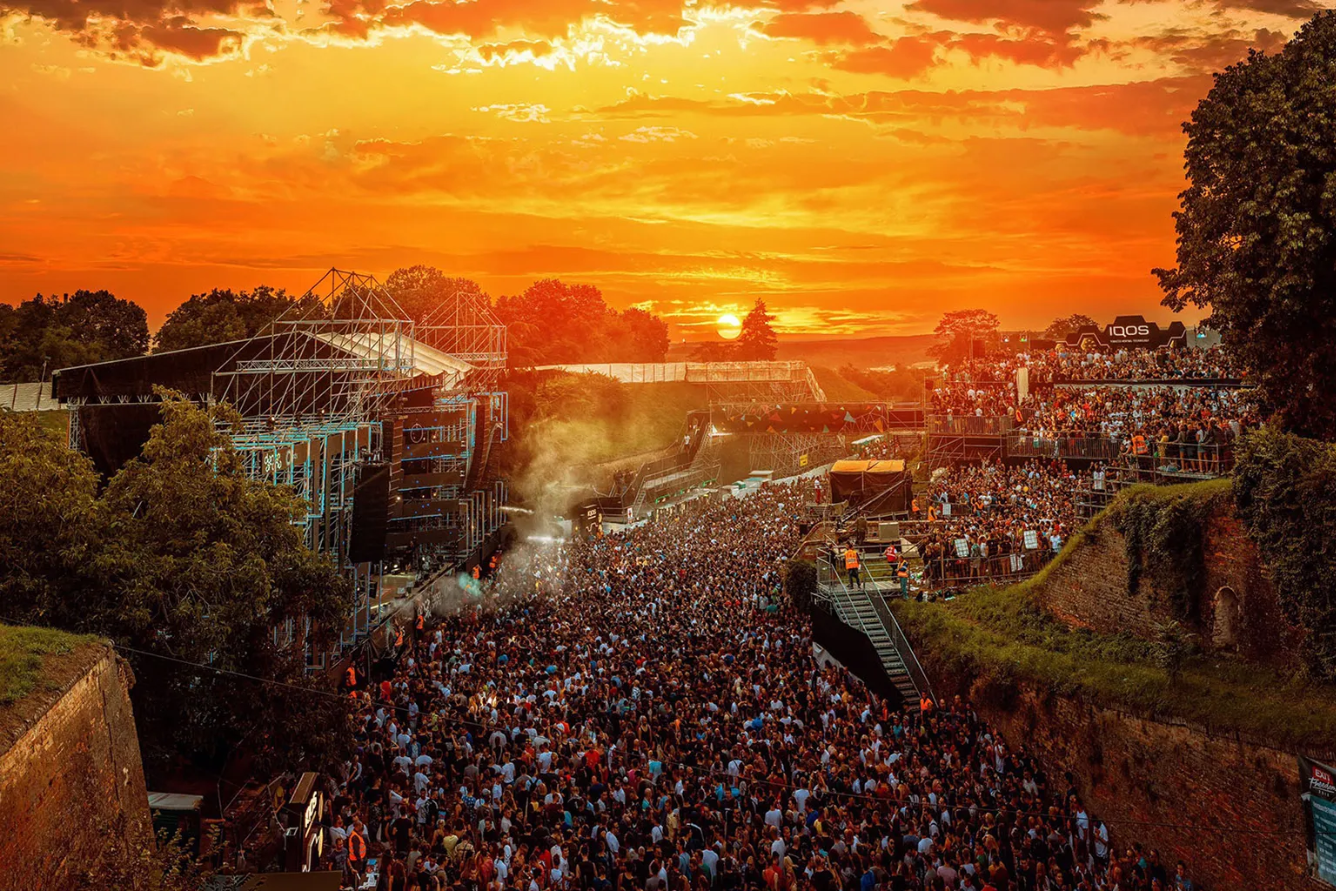


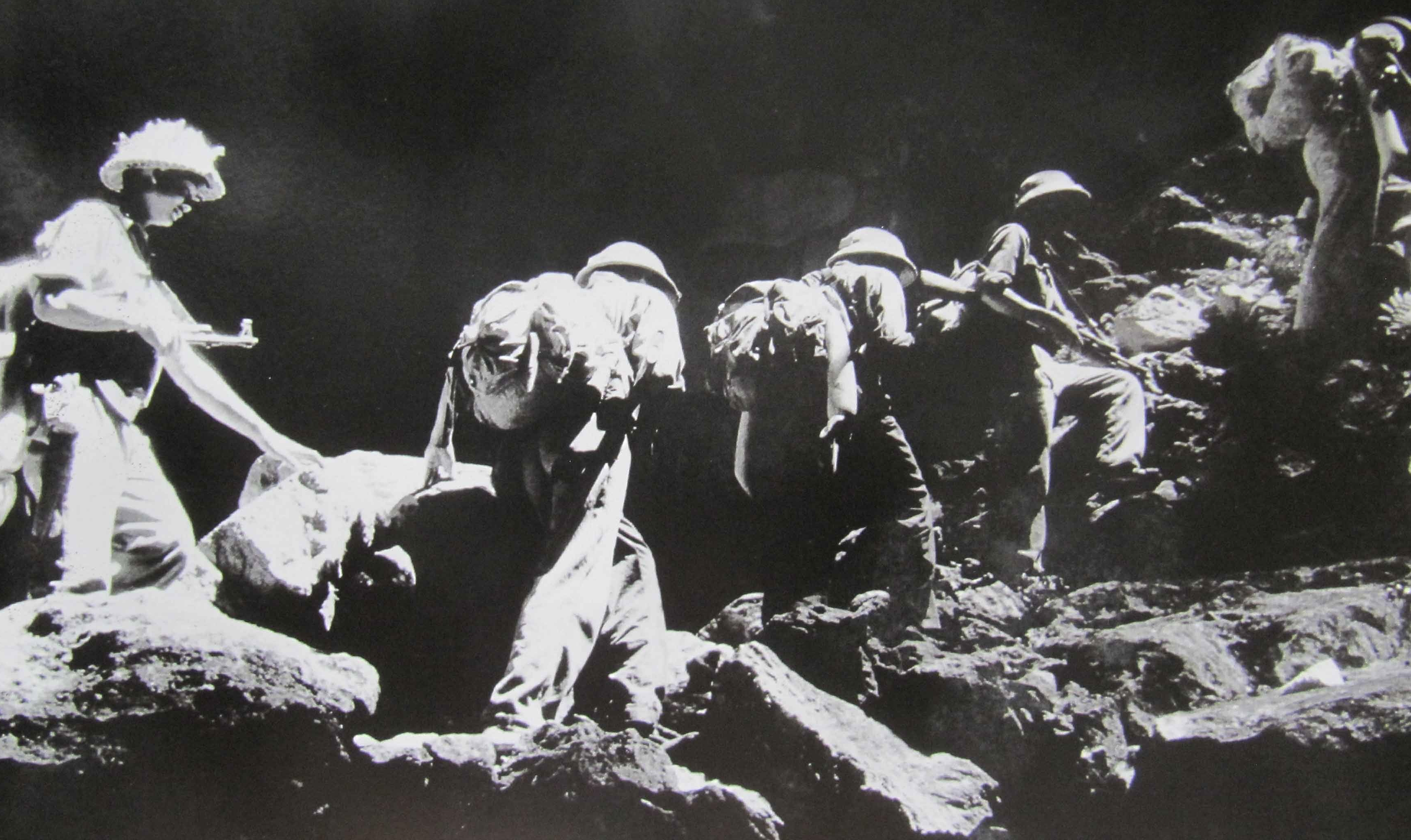







![[Photo] Prime Minister Pham Minh Chinh meets with General Secretary and President of China Xi Jinping](https://vstatic.vietnam.vn/vietnam/resource/IMAGE/2025/4/14/893f1141468a49e29fb42607a670b174)
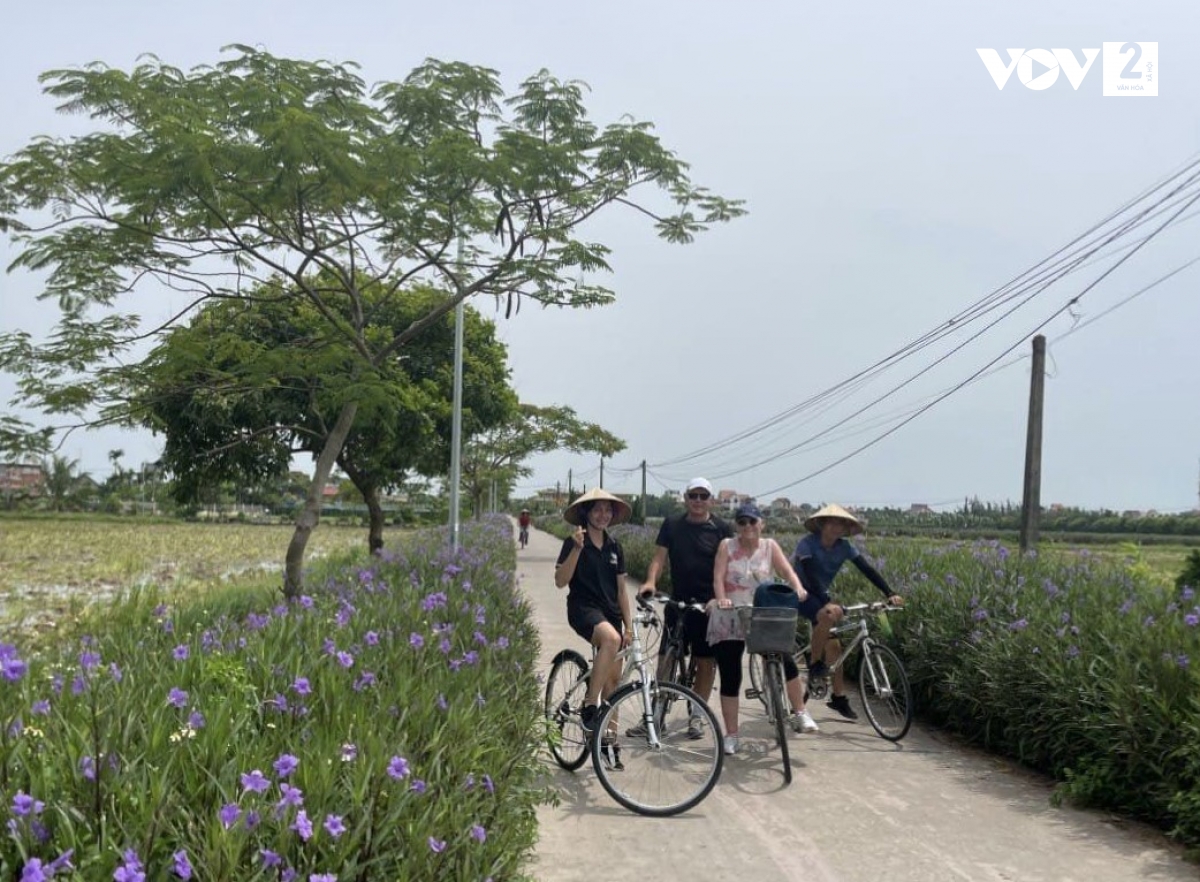

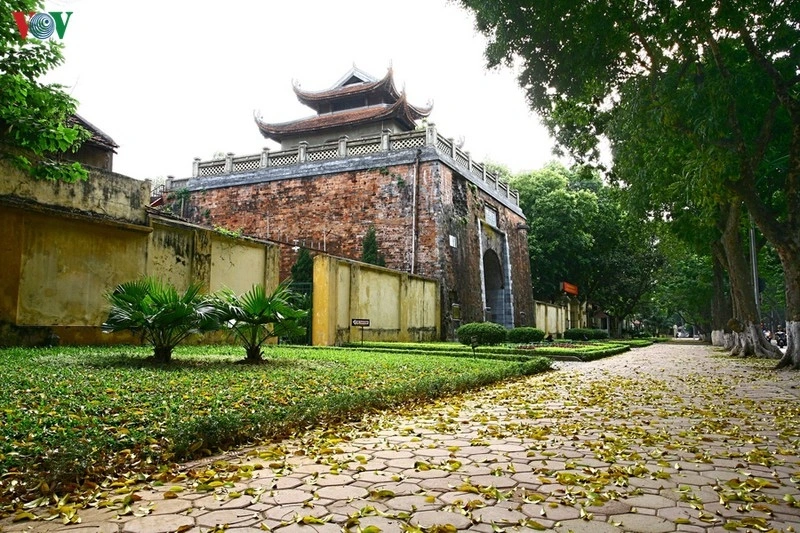


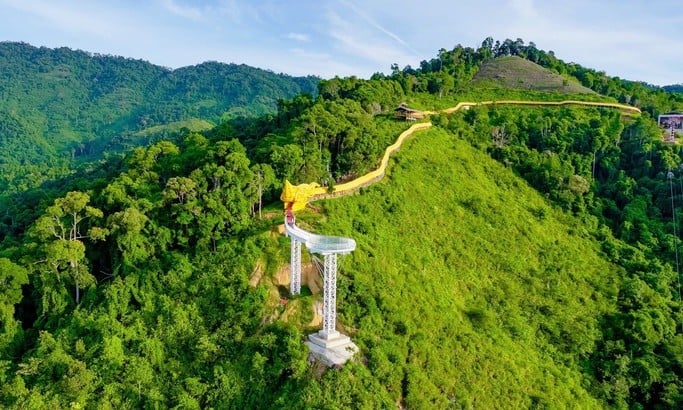
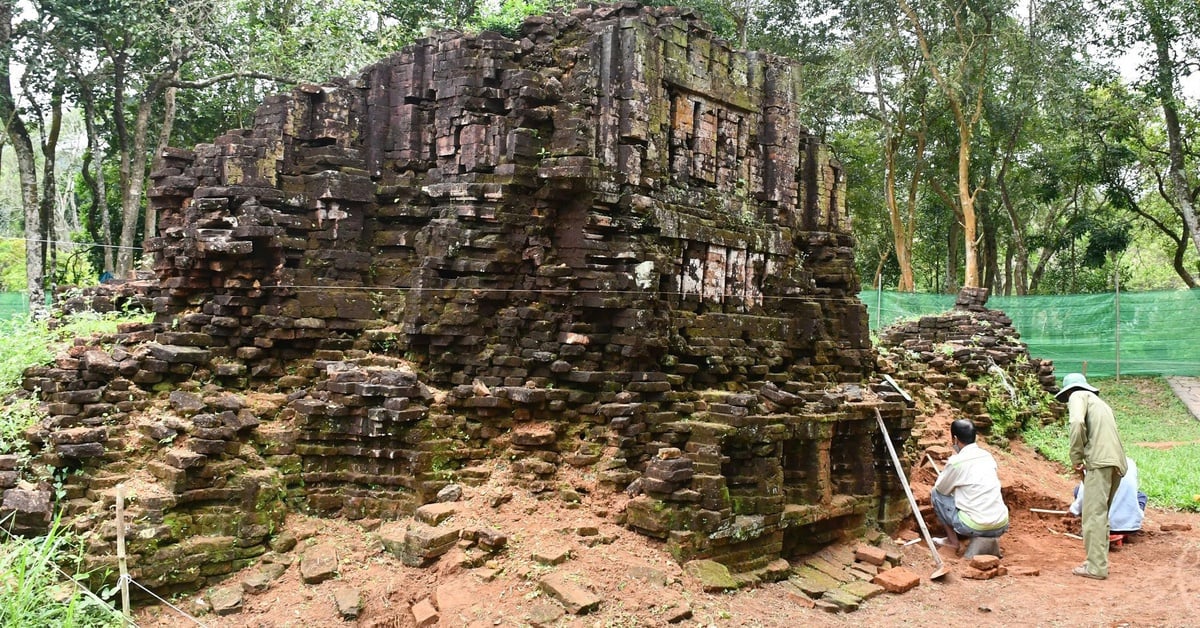
























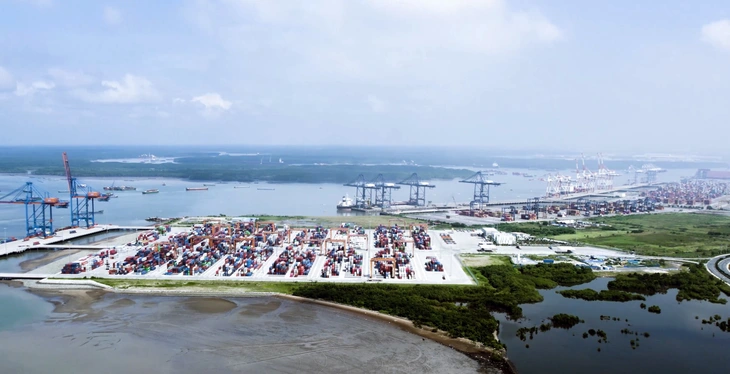







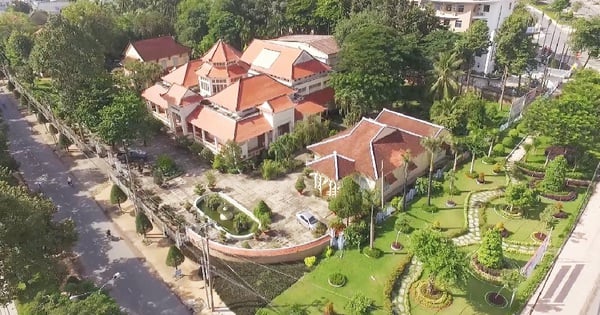
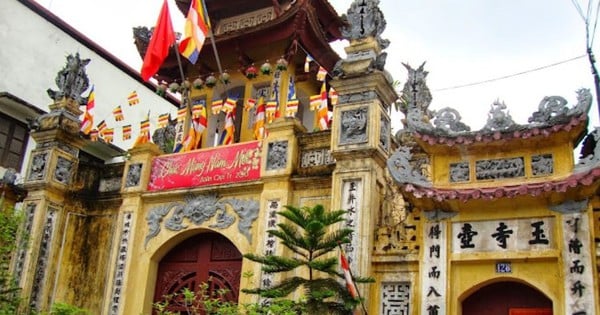



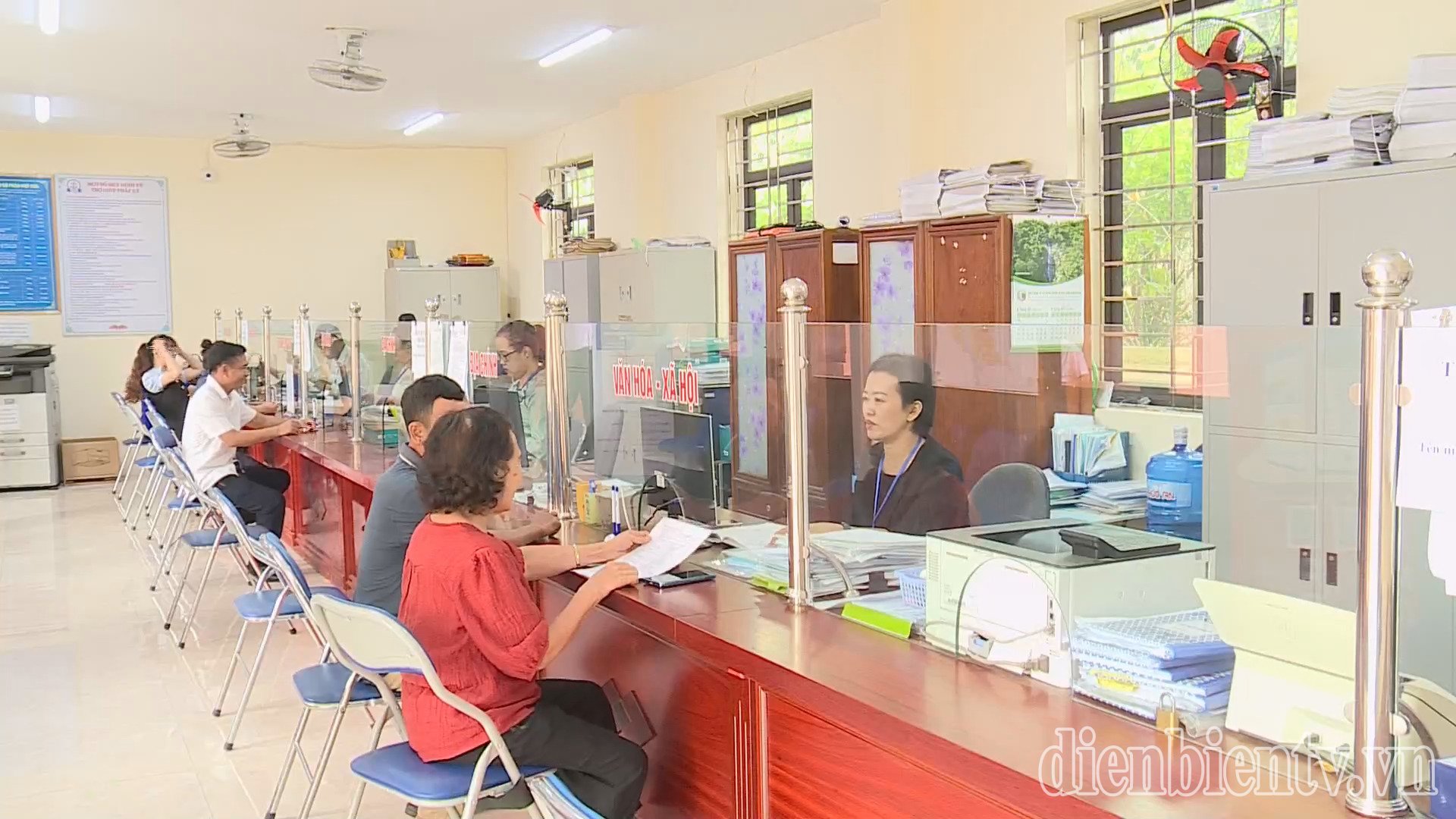















Comment (0)